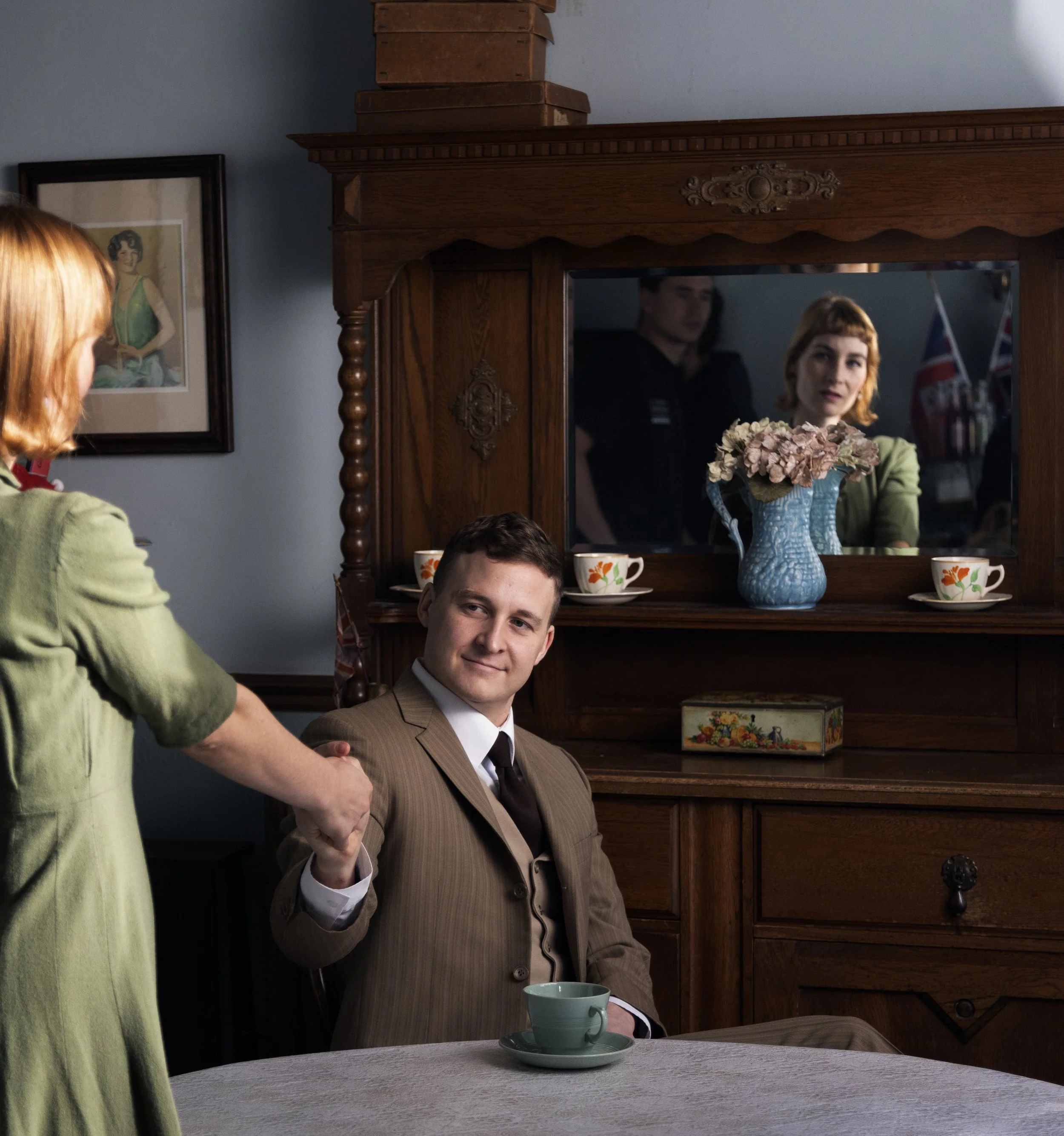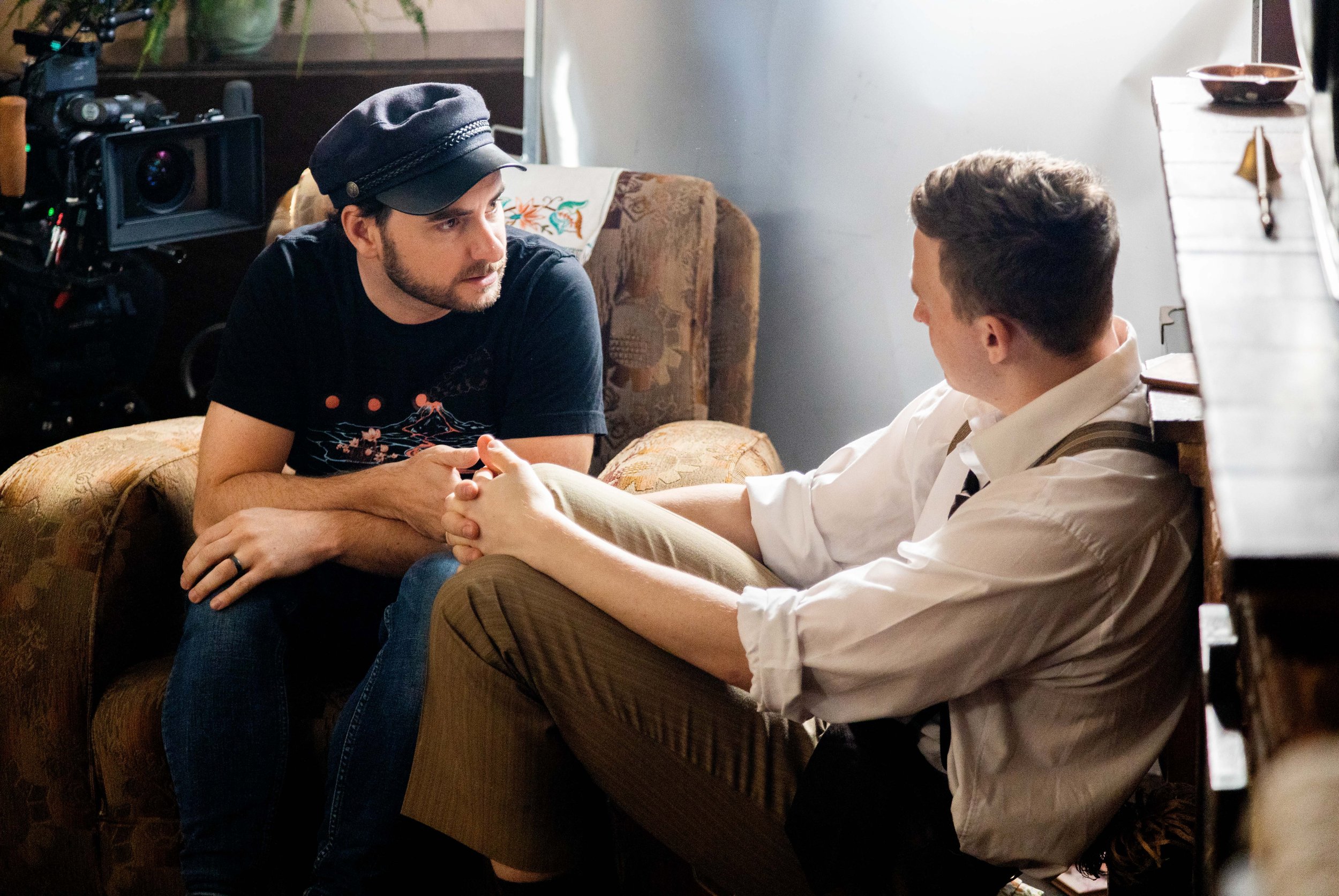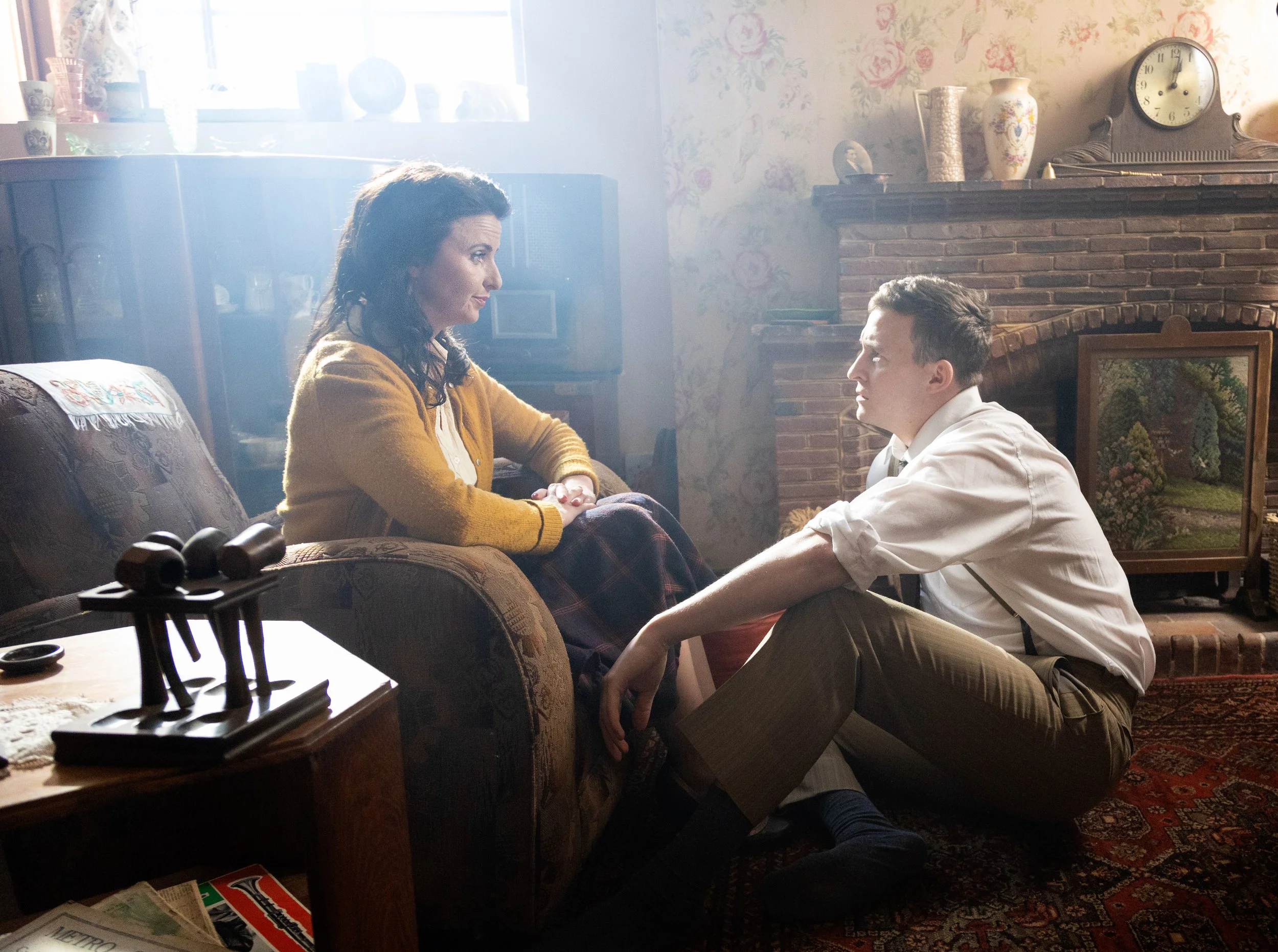Written & Directed by DUSTIN CURTIS MURPHY
Produced by DUSTIN CURTIS MURPHY & JOSHua carrington BIRCH
Cinematography by JOSH BIRCH
An abused housewife finds out that her ex-husband has happily re-married and has a newborn baby, but there’s more to his newfound happiness than meets the eye.
ABOUT THE FILM
EVERYTHING IS OUT TO GET ME was shot on 16mm film and screened at 21 festivals internationally, including 9 BIFA Qualifiers. Highlights include the Unrestricted View Film Festival (Honourable Mention for Best Editing & Nominated for Best Score & Best Make Up), Dances With Films, Fastnet, Beeston Film Festival, Crystal Palace International Film Festival, North East International Film Festival, Spirit of Independence Film Festival, Sunderland Shorts Film Festival, Romford Film Festival (Nominated for Best Score and Best Screenplay) and TweetFest. The film was also nominated for Best Cinematography at the 2023 British Short Film Awards where it was also long-listed for Best Score and Best Costume Design. Upon wide release it’s been featured by Kodak’s Shoot Film channel, Minute Shorts, and Beyond the Short.
ABOUT THE FILMMAKER
Dustin Curtis Murphy is an award-winning writer, director, and producer creating work at the crossroads of social impact and commercial appeal. His films often focus on character-driven narratives with relevant social themes and tightly structured plots, frequently working in blended genre. His debut feature film "Coyote" won the Grand Prize for Best Sci-Fi Feature at VORTEX, the Audience Award for Best Feature at the Romford Film Festival, and Best Director at the Unrestricted View Film Festival. He is also the CEO of Kino Short Film and the festival director for the BIFA-qualifying Kino London Short Film Festival.
READ OUR INTERVIEW WITH Dustin
TELL US ABOUT THE ORIGIN OF EVERYTHING IS OUT TO GET me AND HOW THIS PROJECT CAME ABOUT
It was summer 2022 and I was just about to wrap production on my debut feature film, COYOTE. I’d spent many years making short films, developing my voice as an artist, experimenting, failing, dusting myself off and getting up again… That process was always leading me towards the lifelong goal of feature filmmaking.
Having finally rolled the feature film boulder up the cinematic mountain, Sisyphean-style to appease the film gods, I certainly wasn’t feeling the need to start at the bottom of the mountain again with another short… but then frequent collaborator, DOP Joshua Carrington Birch, approached me with an offer I couldn’t refuse…
”Let’s do something we’ve never done before.”
He had my curiosity.
“Let’s shoot a project on 16mm film.”
...but now he had my attention.
Growing up in the 90’s, all of my early student projects were all shot on digital. That technology followed me into all of my subsequent work, but I was always trying to make my work look filmic and cinematic (with varying degrees of success). However, there really is no substitute for the real thing.
so how did the story develop from there?
Since 16mm film just oozes the textures of a bygone era, it felt natural to develop this project as a period piece. It was also important to me to create a mutually beneficial portfolio piece for all involved. Something that really showcased all of my friend’s immense talent vs just wrangling them to enable a singular vision.
I was also extremely interested in playing with structure, subverting the usual formulas rampant in modern filmmaking to deliver something fresh. With this film (spoiler alert) I wanted to the audience to feel completely different about these characters by the end of the film than they did at the beginning. The good guy becomes the bad guy and the bad guy becomes the victim of who we thought was the good guy… I wanted to use these narrative twists to challenge audiences biases.
CAN YOU TALK ABOUT YOUR USE OF NARRATION IN THIS PIECE?
It’s odd, but narration can be quite controversial in some pretentious screenwriting / industry circles. Some people consider the use of narration to be “bad writing” or “lazy writing”, but I wholeheartedly disagree. Narration done badly is indeed awful, but then again the same is true for dialog or plot.
Creating a blanket rule that narration should never be used because it’s an inferior art-form is hogwash malarkey. Imagine Fight Club without narration. Same with Forrest Gump, Stand By Me, Apocalypse Now, Adaptation, Casino… I could go on forever. If you look at IMDB’s list of Top 250 films of all time you will see so many examples of narration.
One key deciding factor in making this film a 100% narrated piece was the fact that our film camera was noisy which would’ve impacted our ability to record clean dialog. Additionally the narrative spans many years in the matter of a few minutes. Our film is about the entire scope of a relationship, not a single defining moment of a relationship, so narration was a great tool to link scenes together over the passage of time. The film is also heavily rooted in the misrepresentations of the leading character. Our narrator is the quintessential “unreliable narrator”. The audience starts off believing everything she’s telling us. We empathise with her tale of victimhood, but as the story unfolds we start to realise that the images we’re seeing don’t line up with her words and we’ve been lied to. I wanted the lead character to not only gaslight her partner in the film, but also to gaslight the audience - what a better tool to use for that than narration.
I don’t think the essential components that make this short film what it needed to be would’ve worked without the use of narration, and it certainly was a fun style to experiment with. However, I will say that in the final mix we noticed that the music and visuals were so strong that we didn’t need as much narration as was initially scripted.
SO WHAT MAKES THE DIFFERENCE BETWEEN GOOD NARRATION AND BAD NARRATION?
Bad narration is when it’s used to cover up mistakes. For example… if you’ve done a poor job at visual storytelling and your audience doesn’t understand what’s happen or the character’s motivation, as a last ditch effort it can be a solution to slap narration on top to fill the gap.
Good narration is when it’s a stylistic choice to bring depth and insight into the characters and story. It’s built into the script from the beginning, and oftentimes it’s narratively motivated. For example, in the beginning of Legends of the Fall, the character of One Stab sits by the fire telling the story of the Ludlow family. He hands over a bundle of papers to those across the fire from him - all the letter between the members of the Ludlow family. From then on, all the narration in the film is the various characters bringing voice to the words in those letters. Motivation.
TALK ABOUT THE CHALLENGES AND BENEFITS OF SHOOTING ON FILM VS DIGITAL
The biggest difference is that there is a limited amount of stock you can burn through, so you have to be very tactical on when you roll the camera. We rehearsed more than I typically would, which sometimes worked for the better, and sometimes for the worst. For example, there was one rehearsal that was perfect from both performance and technical perspectives. Trying to recreate that magic again once the camera was rolling resulted in more takes overall for that shot than if had we just filmed the rehearsal. When working on digital, I often shoot rehearsals because sometimes there’s unexpected magic there.
TELL US ABOUT THE SCORE FOR EVERYTHING IS OUT TO GET ME
The score is truly one of my favorite things about this film, and in general working with composers is one of my favorite parts of the collaborative process of filmmaking. (I love many other collaborative relationships as well, so this is in no way meant to throw shade at those who aren’t composers…)
I’d met Thom Robson after he won the award for Best Score at the first year of Kino’s film festival for his work on From Fragments - a beautiful dance film about dementia. I often scout talent via my work with Kino, and I was always looking for an excuse to finally collaborate with Thom. We did work briefly together on my micro-short Filthy Animals, but Everything Is Out To Get Me was what I’d consider our first proper collab.
Thom and I both have a very sensitive ear for digitally created string instruments, so to make the score the portfolio piece it needed to be, we were fortunate enough to work with a 40 piece string orchestra out of Budapest who recorded remotely. It was the same orchestra who does many Hollywood projects including Tim Burton’s Wednesday, but they still set aside 50 minute sessions to help out smaller projects. It was amazing to hear them nail Thom’s composition in just a few takes.
The score is available on Spotify is anyone fancies adding it to their playlist.
Tell us about the journey of getting your film to audiences and some of the festival circuit highlights.
This short was blessed with a very healthy festival run, and while there are great several festival experiences throughout, it’s US premiere at Dances With Films remains my favorite festival experience to date, not just for this film, but for all that I’ve done.
Dances With Films takes place at the historic TGC Theaters on Hollywood Blvd. and it’s everything you think a big Hollywood film festival should be. It’s very well attending and they have special industry events for screening filmmakers where you can actually get in the room with key industry decisions makers. The staff is very friendly and they absolutely champion grass roots filmmakers vs succumbing to the rampant nepotism and privilege that many other big festivals do.
WHAT ARE YOU WORKING ON NEXT?
The feature length script for Everything Is Out To Get Me is deep into development at this point with several drafts completed. For the feature I’m leaning more heavily into the genre elements that are hinted at towards the end of the short, in particular the home invasion. However, after directing, producing, writing, and editing my debut feature film, it’s certainly not an experience I’m willing to subject myself to again. Making the feature certainly came with it’s highs (and lows) and I’ll always be thankful to some amazing collaborators and investors that believed in the project, but at the end of the day it was a micro-budget production which meant that the solution to most problems was for me to do the work myself. This of course lead me down a path of massive burnout, so for my own wellbeing I’ll not longer be looking to take on four full time production jobs at the same time.
To ease into doing another feature, I’d actually like to get my mojo back by doing a few shorts. I think a lot of people look at shorts as something you graduate from once you’re in the feature film world, but they’re such different mediums. I have a lot of stories I’d like to tell and not all of them should be features.
Hey, if David Lynch can make shorts throughout his career without being embarrassed then why should anyone else feel any different. Go scratch your creative itch any way that feels right to you.
Any film recommendations that we should add to our watchlist?
I’ve mostly spent the last year revisiting my old favorites. Previously, it became kind of a competition between me and friends to see who could boost their IMDB/Letterbox’d view count the highest, but I realized that after being exposed to SO many films over the years I’ve become harder and harder to impress. Pair that with the current state of the industry pushing out more data-driven content vs grand artistic achievements, and I became one bored viewer when it came to new releases…
In slightly similar vein to Everything Is Out To Get Me, I just revisited Marriage Story which is an absolute masterpiece.
For something newer… I super enjoyed Mickey 17 and don’t care what any of the haters had to say about it. Most entertained I’ve been in the cinema in awhile.









